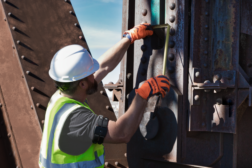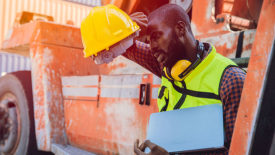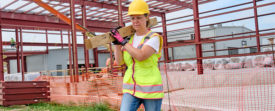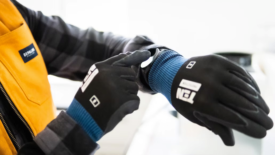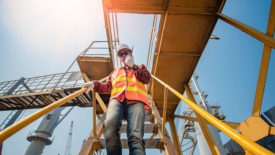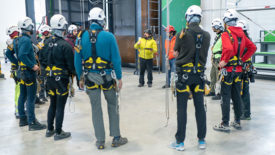Construction Industry Safety and Health
Technology helps improve worker safety in hot environments
Increasing temperatures raise risk of heat stress
July 13, 2023
Dave Johnson: What's Going On
What is it about construction? Factors driving the industry’s high suicide rate
June 22, 2023
Never miss the latest news and trends driving the safety industry
eNewsletter | Website | eMagazine
JOIN TODAYCopyright ©2024. All Rights Reserved BNP Media.
Design, CMS, Hosting & Web Development :: ePublishing
